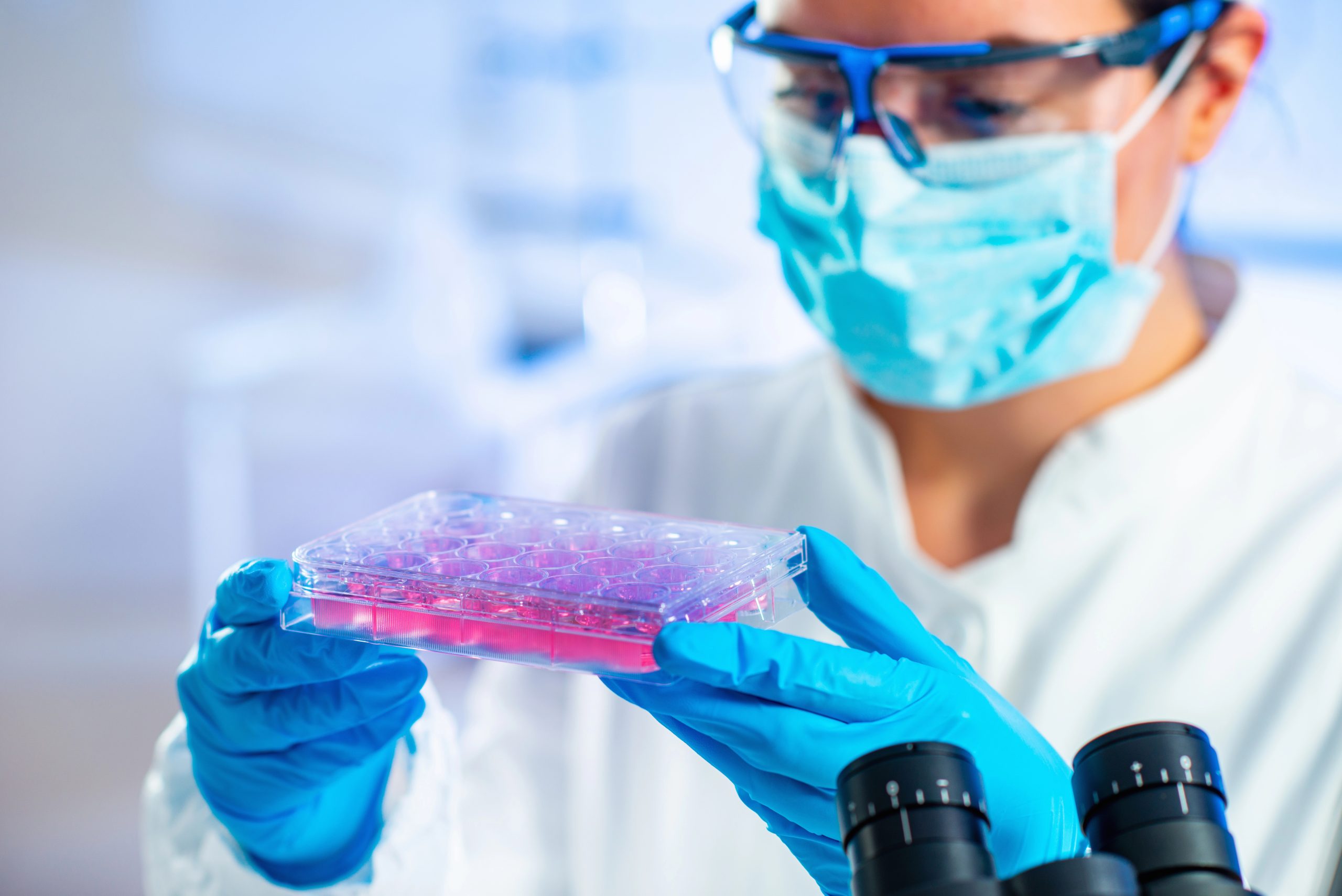
Athletes are constantly pushing their bodies to the limit, which makes them especially vulnerable to injuries involving muscles, tendons, and joints. While traditional treatments like rest, physical therapy, and surgery remain essential, many athletes are now exploring regenerative medicine to enhance recovery. One of the most promising advancements in this field is stem cell therapy, which aims to harness the body’s natural healing power to accelerate tissue repair and reduce inflammation.
Stem cell therapy is increasingly recognized among sports medicine specialists for its potential to help athletes recover more efficiently, regain strength, and return to competition sooner. This article explains how stem cell therapy works, its possible benefits for athletic recovery, and how it fits into modern sports medicine and performance optimization strategies.
Stem cells are unique because they can develop into different types of specialized cells, such as muscle, bone, or cartilage cells, and release growth factors that encourage tissue regeneration. In sports medicine, the most common stem cell sources are bone marrow and adipose (fat) tissue. These cells can be injected directly into injured areas to promote healing from within.
When an athlete suffers a torn ligament, tendon strain, or joint damage, the body’s natural repair mechanisms sometimes struggle to keep up. Stem cell therapy supports these processes by reducing inflammation, stimulating new tissue growth, and potentially speeding up recovery time. Unlike medications that only treat symptoms, regenerative therapy addresses the root cause of the injury, damaged or deteriorating tissue.
Athletes who suffer repeated joint strain or cartilage damage often face long-term issues that resemble early-stage osteoarthritis. Stem cell therapy may not only enhance recovery from acute injuries but also help regenerate cartilage and support joint integrity over time. This regenerative potential aligns with emerging treatments for osteoarthritis, where stem cells are studied for their ability to reduce inflammation and promote tissue repair. By addressing both immediate healing and long-term joint health, stem cell therapy offers athletes a proactive approach to maintaining mobility and performance.
For athletes, stem cell therapy is not meant to replace physical therapy or traditional rehabilitation but to complement them. After a treatment session, athletes typically continue with customized rehab programs that include strength training, flexibility work, and mobility exercises. The combination of regenerative medicine and structured physical therapy can lead to improved outcomes and a lower risk of re-injury.
Stem cell therapy has been studied for conditions such as tendonitis, rotator cuff injuries, ACL tears, cartilage degeneration, and chronic joint pain, all common among athletes. Many patients report reduced pain, better mobility, and faster healing compared to conventional methods alone. However, the degree of improvement varies depending on factors like injury severity, age, and overall health.
Athletes may experience several key benefits from stem cell therapy, including:
Research has long shown that proper rehabilitation and tissue management are essential for preventing chronic pain and long-term damage after sports injuries. In fact, an early study on exercise and soft tissue injury highlighted the importance of restoring function quickly and minimizing the risk of re-injury through targeted recovery strategies. Today, these same principles form the foundation for modern regenerative treatments like stem cell therapy, which aim to enhance the body’s natural healing response while reducing inflammation and recovery time for athletes.
However, stem cell therapy is not a one-size-fits-all solution. Results can vary, and the therapy’s effectiveness continues to be evaluated in clinical research. Athletes should consult with a qualified regenerative medicine specialist to understand whether they are good candidates, what type of stem cells would be used, and what outcomes to expect.
Additionally, professional athletes should always confirm that any treatment complies with their sport’s medical and anti-doping regulations.
Stem cell therapy is typically an outpatient procedure that requires minimal downtime. After extracting stem cells, usually from the hip bone or abdominal fat, the cells are processed and reintroduced into the injured area via guided injection. Patients may experience mild soreness or swelling at the injection site, which subsides within a few days.
Recovery timelines vary. Some athletes begin noticing improvements within weeks, while others may see gradual progress over several months as tissues continue to regenerate. Throughout this period, ongoing physical therapy, rest, and proper nutrition play critical roles in optimizing results.
Stem cell therapy represents an exciting advancement in sports medicine, offering a biologically driven approach to injury recovery and performance maintenance. For athletes seeking alternatives to surgery or long-term pain medication, it may provide a way to heal more naturally and effectively.
At Cellebration Wellness, we specialize in regenerative treatments designed to help athletes recover stronger and faster. Our team integrates stem cell therapy with evidence-based rehabilitation and recovery strategies to support optimal healing and long-term performance.
If you’re an athlete recovering from injury and curious whether stem cell therapy could be right for you, contact Cellebration Wellness today at (858) 258-5090 to schedule a consultation and explore your personalized recovery options.
